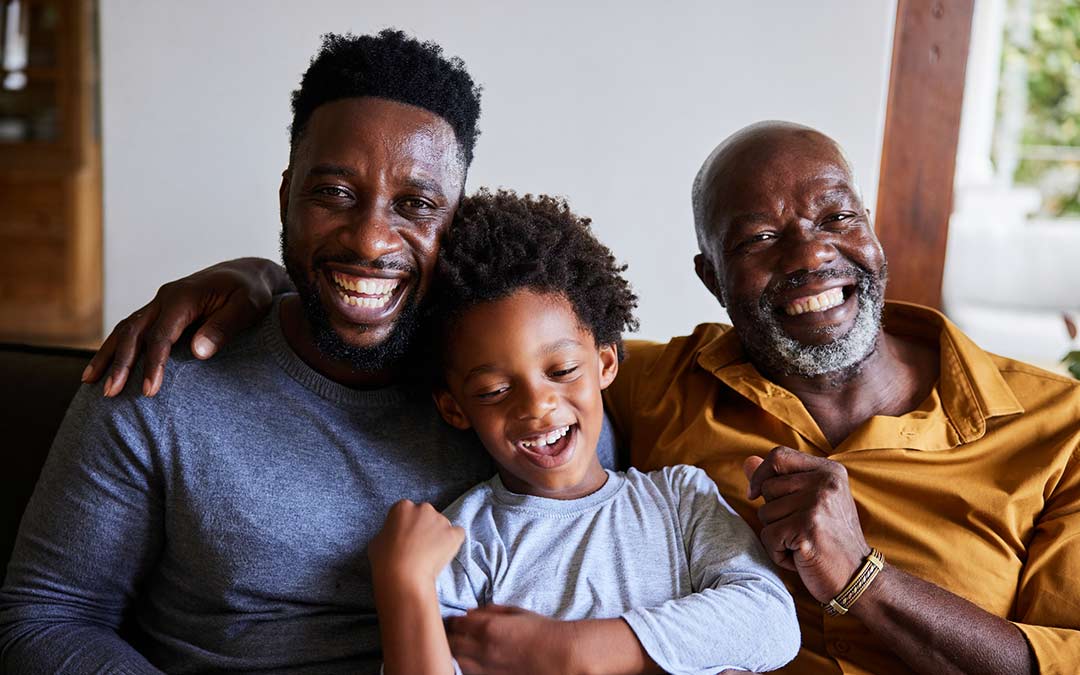According to a study by the Trevor Project, LGBTQIA2S+ youth are more likely to experience depression, anxiety, and suicidal thoughts than their cisgender and heterosexual peers. They are also more likely to drop out of school, experience homelessness, and be victims of violence.
By supporting LGBTQIA2S+ youth, we can help them to thrive and live happy and healthy lives.
5 Ways to Support LGBTQIA2S+ Youth
1. Create a safe and supportive environment.
LGBTQIA2S+ youth need to feel safe and supported in their schools, homes, and communities. This means creating environments where they are not discriminated against or harassed because of their sexual orientation or gender identity.
Schools can create a safe and supportive environment by adopting inclusive policies and practices, such as using gender-neutral pronouns and allowing students to use the bathroom that corresponds with their gender identity. Parents and families can create a safe and supportive environment by being accepting of their child’s sexual orientation or gender identity and by talking to them about the challenges they may face.
2. Provide accurate and inclusive information.
LGBTQIA2S+ youth need to have access to accurate and inclusive information about sexual orientation and gender identity. This information should be provided in a way that is age-appropriate and respectful of all identities.
Schools can provide accurate and inclusive information by adding LGBTQIA2S+-related topics to their curriculum and by having books and resources about LGBTQIA2S+ people available in the library. Parents and families can provide accurate and inclusive information by talking to their child about sexual orientation and gender identity and by providing them with books and resources about LGBTQIA2S+ people.
3. Encourage self-acceptance.
LGBTQIA2S+ youth need to be encouraged to accept themselves for who they are. This means providing them with positive role models and helping them to develop coping skills for dealing with discrimination and harassment.
Schools can encourage self-acceptance by having LGBTQIA2S+ students speak to their peers about their experiences and by creating clubs and activities that are specifically for LGBTQIA2S+ youth. Parents and families can encourage self-acceptance by being supportive of their child’s sexual orientation or gender identity and by helping them to develop a positive self-image.
4. Connect with resources.
LGBTQIA2S+ youth need to know about the resources that are available to them. This includes support groups, counseling services, and legal advocacy organizations. Schools can connect LGBTQIA2S+ youth with resources by having a list of resources available in the school office or by creating a website that lists resources in the community.
5. Be an ally.
Everyone can play a role in supporting LGBTQIA2S+ youth. By being an ally, you can create a more inclusive and supportive environment for LGBTQIA2S+ people.
There are many ways to be an ally. You can speak out against discrimination, use inclusive language, and educate yourself about LGBTQIA2S+ issues. You can also volunteer your time to LGBTQIA2S+ organizations or donate to organizations that support LGBTQIA2S+ youth.
Consider joining PFLAG (Parents, Families and Friends of Lesbians and Gays) or a GSA.
Top Resources for LGBTQIA2S+ Youth
- GLSEN (Gay, Lesbian & Straight Education Network)
- It Gets Better Project
- The Trevor Project
- Trans Lifeline





